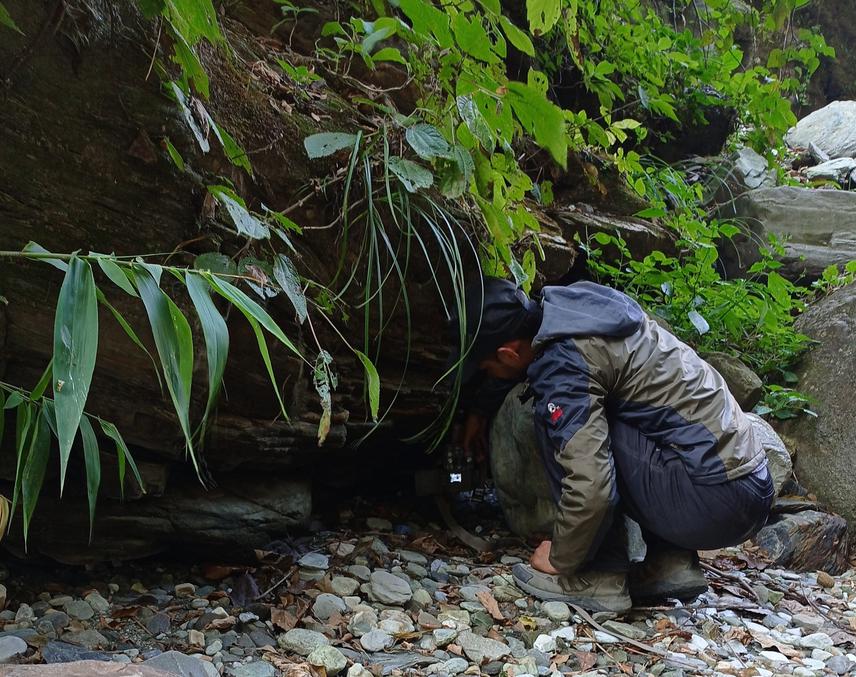Pravin Giri
Other projects
25 May 2022
Assessment of Distributions, Habitat Characteristics and Awareness of Lutra lutra (Eurasian otter) in Kali Gandaki River, Nepal
Smooth-coated otters (SCO) and Fishing cats (FC) are mesocarnivores dependent on wetlands, marshes, and water bodies in South Asia. Previous studies on their feeding ecology have shown that fish constitutes the dominant diet for both species. However, the extent of their niche overlap remains unknown. This project aims to address this knowledge gap. Understanding their niche overlap will help identify the source and sink habitats for both species and generate insights into their interspecific competition, including dietary habits, prey preferences, and their overall ecological roles. This information can be used to identify critical wetland areas for each species and to prioritize target areas in the landscape for conservation efforts.

Setting up camera trap for the survey of Eurasian otter during the first Rufford project in in Kali Gandaki River. ©Pravin Giri.
To study the distribution of the two species and compute spatial and temporal overlap, field surveys using camera traps will be conducted. Sign encounter records along with presence data will be analyzed using MaxEnt software to estimate spatial niche overlap. Prey remains from fresh scats will be analyzed to estimate dietary composition and competition.
Both SCO and FC are facing severe threats from anthropogenic activities such as retaliatory killing, habitat degradation, pollution, wetland shrinkage, and intensive fishing. Their populations are declining globally and are listed as Vulnerable by the IUCN. These threats are particularly acute in South Asia due to unprecedented population growth and rapid development in the region. In Nepal, they are distributed in patchy habitats in the highly human-dominated southern belt of the Terai region, making the populations exceedingly threatened with local extinctions.
Identifying local threats and understanding the perceptions of local people towards each species is essential for designing effective conservation measures. A questionnaire survey among local residents, supplemented by group discussions, will be conducted to identify threats and develop potential mitigation measures. These measures will be collaboratively shared with local stakeholders to guide effective conservation interventions. Additionally, awareness and community outreach programs targeting fishers, youths, students, buffer zone forestry user groups, and farmers will be conducted.